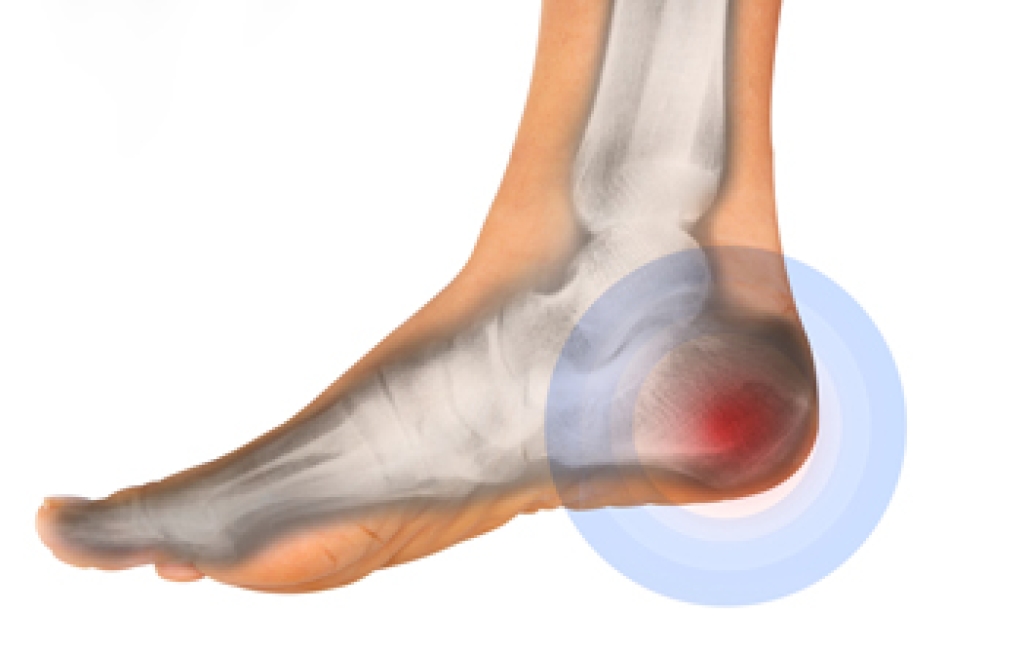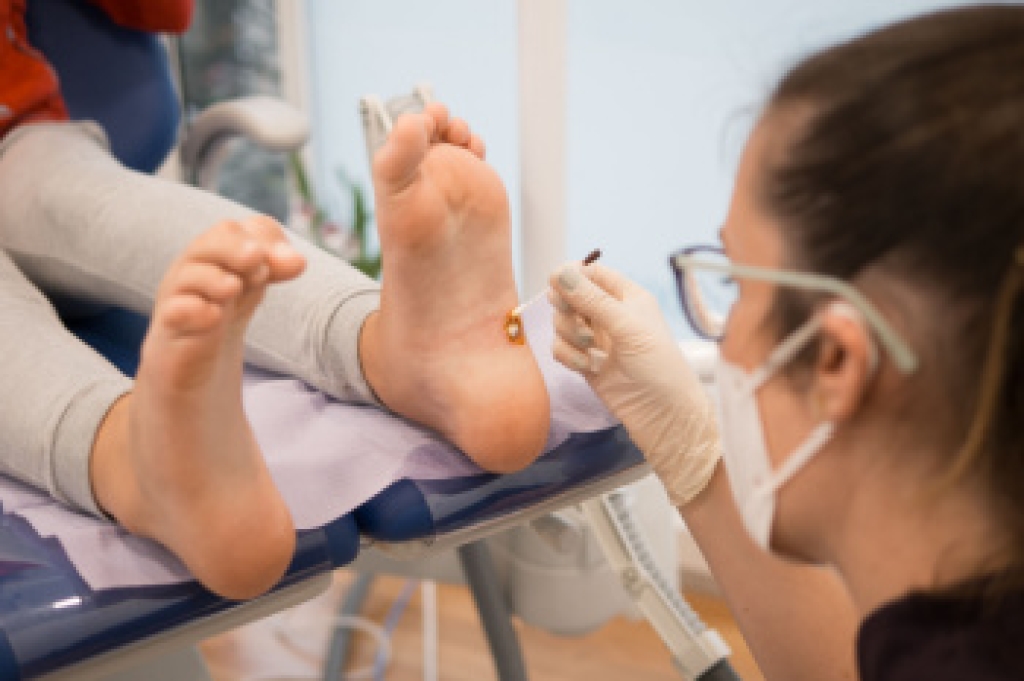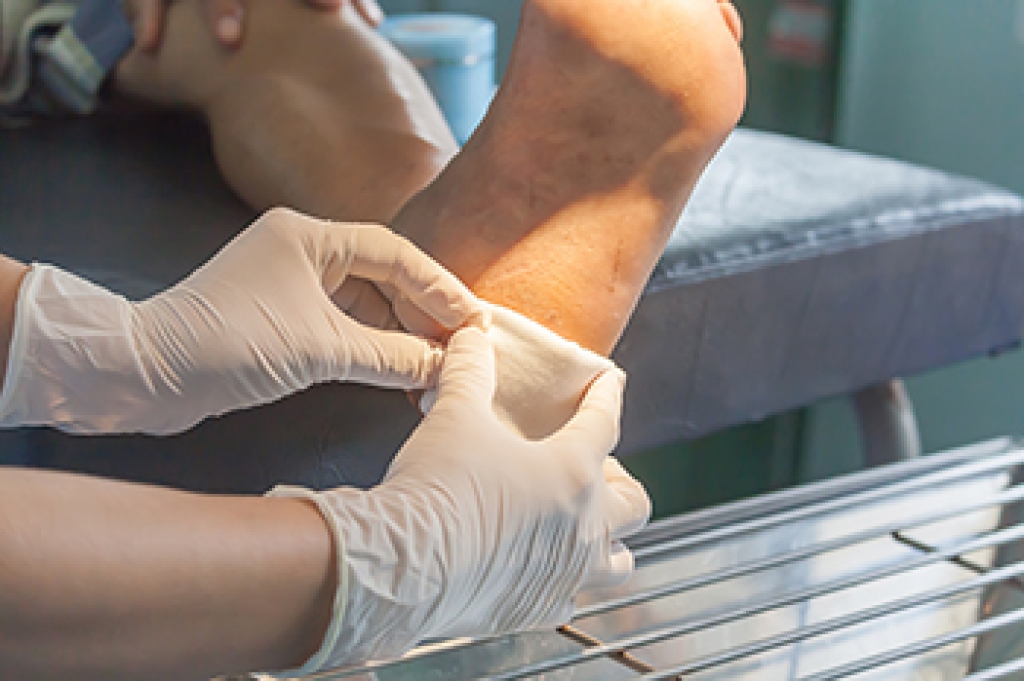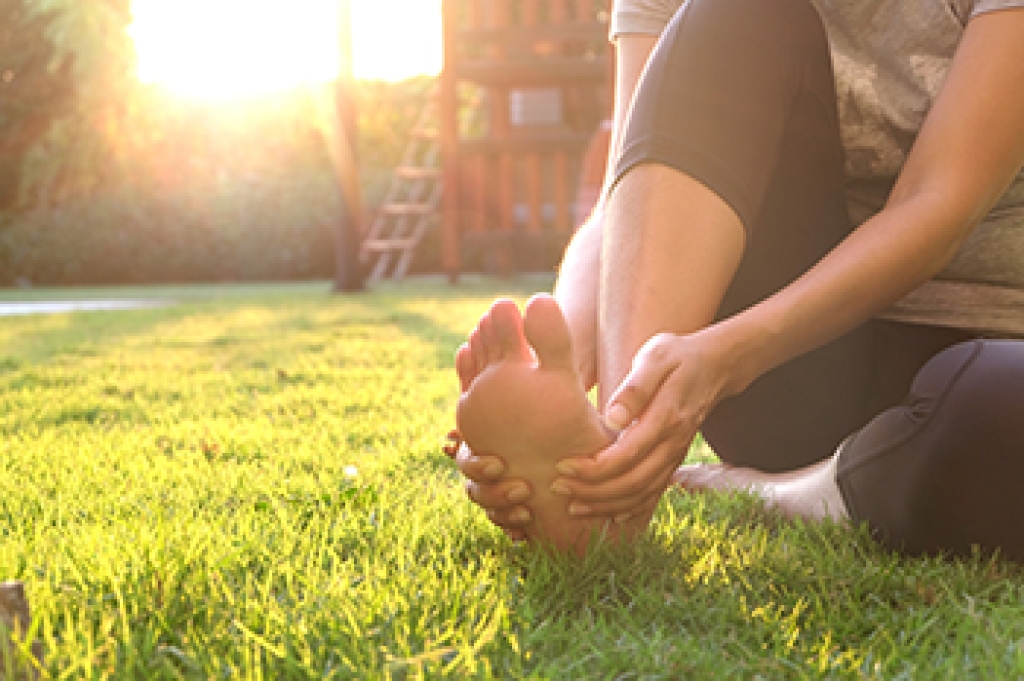
Heel pain is sometimes the result of a stress fracture in the heel bone, also known as the calcaneus. This bone supports much of the body’s weight during walking and running, which makes it vulnerable to hairline cracks that result from repetitive impact. These calcaneal stress fractures often produce a deep, persistent ache that worsens with activity and does not ease with rest. Unlike plantar fasciitis, which causes pain near the arch or front of the heel, a stress fracture typically causes tenderness directly over the heel bone and swelling around the area. Because early X-rays can appear normal, advanced imaging such as an MRI is often needed to confirm the diagnosis. Without proper evaluation, continued pressure on the fracture can delay healing or lead to the need for surgery. If you are experiencing persistent heel pain, it is suggested that you make an appointment with a podiatrist for a diagnosis and treatment options.
Many people suffer from bouts of heel pain. For more information, contact Jennifer M. Kern, DPM of South Carolina. Our doctor can provide the care you need to keep you pain-free and on your feet.
Causes of Heel Pain
Heel pain is often associated with plantar fasciitis. The plantar fascia is a band of tissues that extends along the bottom of the foot. A rip or tear in this ligament can cause inflammation of the tissue.
Achilles tendonitis is another cause of heel pain. Inflammation of the Achilles tendon will cause pain from fractures and muscle tearing. Lack of flexibility is also another symptom.
Heel spurs are another cause of pain. When the tissues of the plantar fascia undergo a great deal of stress, it can lead to ligament separation from the heel bone, causing heel spurs.
Why Might Heel Pain Occur?
- Wearing ill-fitting shoes
- Wearing non-supportive shoes
- Weight change
- Excessive running
Treatments
Heel pain should be treated as soon as possible for immediate results. Keeping your feet in a stress-free environment will help. If you suffer from Achilles tendonitis or plantar fasciitis, applying ice will reduce the swelling. Stretching before an exercise like running will help the muscles. Using all these tips will help make heel pain a condition of the past.
If you have any questions, please feel free to contact our office located in West Columbia, SC . We offer the newest diagnostic and treatment technologies for all your foot care needs.







